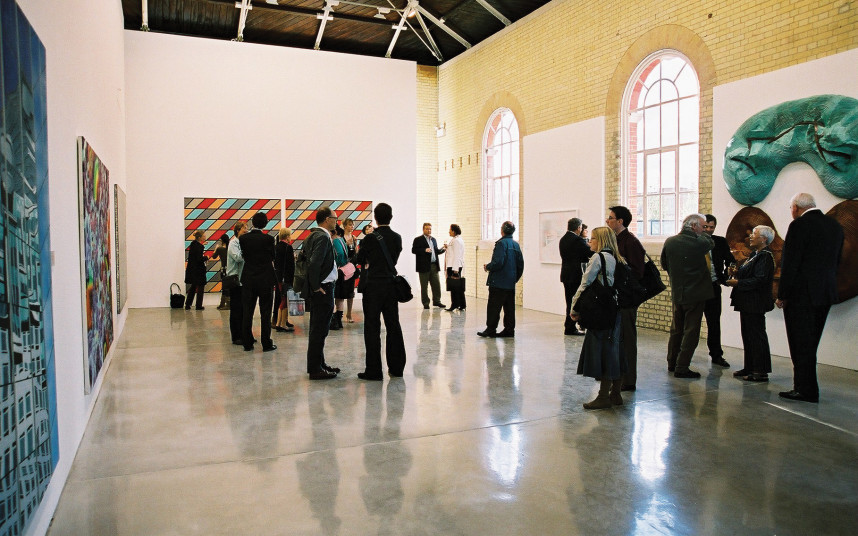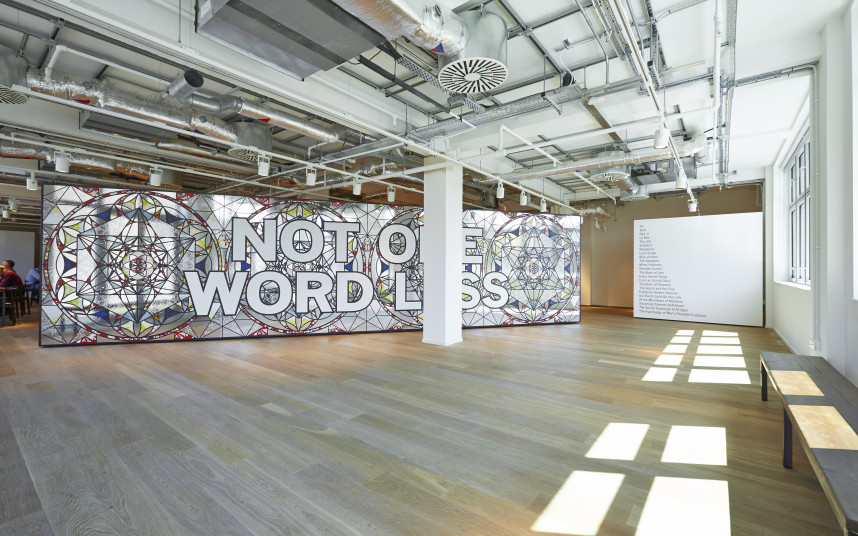Earlier this week, an article in the Evening Standard by Munira Mirza, London’s deputy mayor for education and culture, highlighted the increasing concern about London’s cultural workforce being priced out of the city. Linking this to threats to the continued existence of music venues, it argues that London’s status as a global major centre for creative and cultural excellence is under threat.
At Futurecity, we believe, passionately, in the critical importance of culture and creativity to the vibrancy and competitiveness of cities. To this end we’ve worked with the property sector since 2007 to make the strongest possible case for investment in artist studios, creative workspaces and cultural venues. Much more can of course be done, but it may be helpful to take the opportunity of Munira’s article to highlight a few of our success stories, and to demonstrate that, when the case can be made effectively, there is genuine interest and appetite among commercial clients for including culture at the heart of new property schemes.

Gallery opening at New River Village. Photograph by Ron Bambridge
- 10 years ago, we brokered a relationship between St James and the Royal Academy which led to an artist in residence, studio, gallery and artist bursary programme at new River Village, Hornsey.
- We’ve continued to work with St James to create new spaces for artists and creatives. In 2006 we connected them to Chelsea College of Art & Design to provide a showcase exhibiting space for the College at Chelsea Bridge. Last year we worked with them and the Royal College on Art to open Studio RCA at Riverlight – a permanent project space for exhibitions, screenings, performances, seminars and artist residencies, supported by a 5 year event programme.
- Our 2010 cultural placemaking strategy for Ballymore defined, from our client Ballymore, Leamouth Peninsula as an emerging creative location in its own right, and laid the ground for the recently announced relocation of English National Ballet to what is now known at City Island.
- In 2013-14 our work to culturally enhance Foyles’ new flagship bookshop on Charing Cross Road has led to a new gallery space at the heart of central London, and in the same year our strategy for St George set the stage for the creation of 90 affordable artists’ studios, managed by Bow Arts, at London Dock.

Mark Tichner at the Gallery at Foyles. Photograph by Ron Bambridge
At the recent opening of the London Dock Studios, the Tate’s Sir Nicholas Serota argued for the importance of investing in spaces for artists, calling on the Arts Council of England, the Greater London authority and developers to work together to preserve the important role artists play in cities and communities.
We agree, and our experience is that there is now is a tangible interest in the property sector, for connecting at the neighbourhood level to the unique cultural offers and trends created by their artistic communities. As Munira points out in her article, many developers have historically included culture in their schemes as “a fig leaf to get planning permission”. Futurecity’s experience, in the examples above, is that the most dynamic and forward thinking property developers want to go well beyond Section 106, and to use culture and creativity to fundamentally define the identity and character of their schemes. We have been fortunate to develop culture and placemaking strategies for dozens of clients across the capital in recent years, and we look forward to seeing these come to fruition and directly addressing the concerns raised in Munira’s article.
The concerns remain vitally important, and need to be discussed – and with nuance. The sector knows it must shift towards highly enterprising approaches and find ways to diversify its financing and support base. There is a powerful engine here to which the arts sector should consider how to hitch its wagons, if it is to flourish in the future. The shift is underway: a recent show of hands at this year’s Theatres Trust conference suggested that most theatres in the room were beginning conversations with, or actively working with, developers. We encourage other arts organisations to engage with all sides of this debate, and discover the significant opportunities that might exist for them in in this emerging landscape.
– Tim Jones \ Head of Strategy and Placemaking at Futurecity

London’s cultural dereliction? How cultural placemaking can keep culture at the heart of the city
11/9/2015
Earlier this week, an article in the Evening Standard by Munira Mirza, London’s deputy mayor for education and culture, highlighted the increasing concern about London’s cultural workforce being priced out of the city. Linking this to threats to the continued existence of music venues, it argues that London’s status as a global major centre for creative and cultural excellence is under threat.
At Futurecity, we believe, passionately, in the critical importance of culture and creativity to the vibrancy and competitiveness of cities. To this end we’ve worked with the property sector since 2007 to make the strongest possible case for investment in artist studios, creative workspaces and cultural venues. Much more can of course be done, but it may be helpful to take the opportunity of Munira’s article to highlight a few of our success stories, and to demonstrate that, when the case can be made effectively, there is genuine interest and appetite among commercial clients for including culture at the heart of new property schemes.
Gallery opening at New River Village. Photograph by Ron Bambridge
Mark Tichner at the Gallery at Foyles. Photograph by Ron Bambridge
At the recent opening of the London Dock Studios, the Tate’s Sir Nicholas Serota argued for the importance of investing in spaces for artists, calling on the Arts Council of England, the Greater London authority and developers to work together to preserve the important role artists play in cities and communities.
We agree, and our experience is that there is now is a tangible interest in the property sector, for connecting at the neighbourhood level to the unique cultural offers and trends created by their artistic communities. As Munira points out in her article, many developers have historically included culture in their schemes as “a fig leaf to get planning permission”. Futurecity’s experience, in the examples above, is that the most dynamic and forward thinking property developers want to go well beyond Section 106, and to use culture and creativity to fundamentally define the identity and character of their schemes. We have been fortunate to develop culture and placemaking strategies for dozens of clients across the capital in recent years, and we look forward to seeing these come to fruition and directly addressing the concerns raised in Munira’s article.
The concerns remain vitally important, and need to be discussed – and with nuance. The sector knows it must shift towards highly enterprising approaches and find ways to diversify its financing and support base. There is a powerful engine here to which the arts sector should consider how to hitch its wagons, if it is to flourish in the future. The shift is underway: a recent show of hands at this year’s Theatres Trust conference suggested that most theatres in the room were beginning conversations with, or actively working with, developers. We encourage other arts organisations to engage with all sides of this debate, and discover the significant opportunities that might exist for them in in this emerging landscape.
– Tim Jones \ Head of Strategy and Placemaking at Futurecity